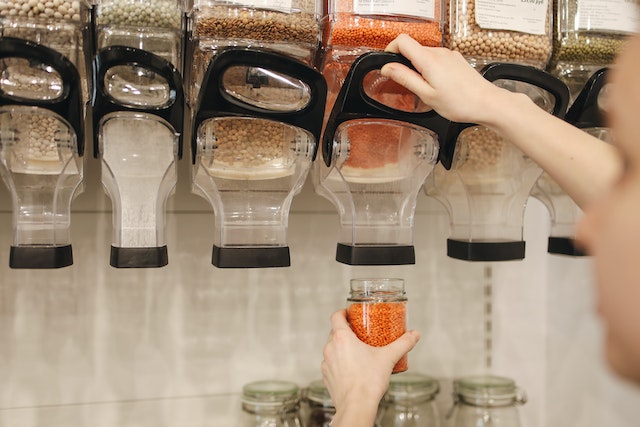Parents must ensure that their children get a well-balanced diet, which is essential for their development and health. Protein is a significant part of a healthy diet. But which is better animal protein or plant-based protein is the lingering question. This is because Proteins are essential macronutrients that play a crucial role in the growth and development of children. They are the building blocks of tissues, muscles, enzymes, and hormones, contributing to overall health and well-being. Specific amino acids are “vital,” meaning they must be received through diet because the human body cannot generate them. Proteins have specific usability in growing children as they support muscle development, enhance cognitive function, boost immunity, and aid in the repair and maintenance of cells making Protein-Rich Foods essential for kids.
Benefits of Plant-Based Protein
Protein requirements differ depending on age, physiological functions, and stress. Children of a certain age, pregnant women, those suffering from diseases and illnesses, and people trying to lose weight all require more protein. Protein is found in animal foods such as milk, meat, poultry, fish, and eggs, as well as plant foods, including pulses and legumes. While animal proteins have traditionally been popular, it’s important to consider the environmental impact associated with their production. Plant based proteins offer a sustainable and eco-friendly alternative. They can provide all the necessary amino acids, vitamins, and minerals without the negative environmental consequences. Additionally, plant-based proteins are often lower in saturated fats and cholesterol, making them a healthier choice for kids. In this blog, we will explore a variety of vegetarian protein-rich foods that are perfect for children.
10 Plant-Based Protein options to Meet Nutritional Needs and Promote Sustainable, Eco-Conscious Living.
1. Mushroom

Even though the protein level of mushrooms is lower than that of meat, it is enough to meet the protein intake demands of a child aged one to two. Mushrooms are also incredibly nutritious. Aside from protein, they are high in fiber and a good source of nutrients and vitamins. Mushrooms also have twice the protein content of many other veggies.
2. Quinoa
Are you concerned that your child does not consume enough rice? Instead, serve her quinoa. It contains more protein than most cereals and is strong in fiber. As a result, it is an excellent source of protein for vegans and other vegetarians who do not consume meat. Quinoa has 8 grams of protein per cup. Quinoa can be used in place of starchy rice or pasta. It makes an excellent snack or diet meal.
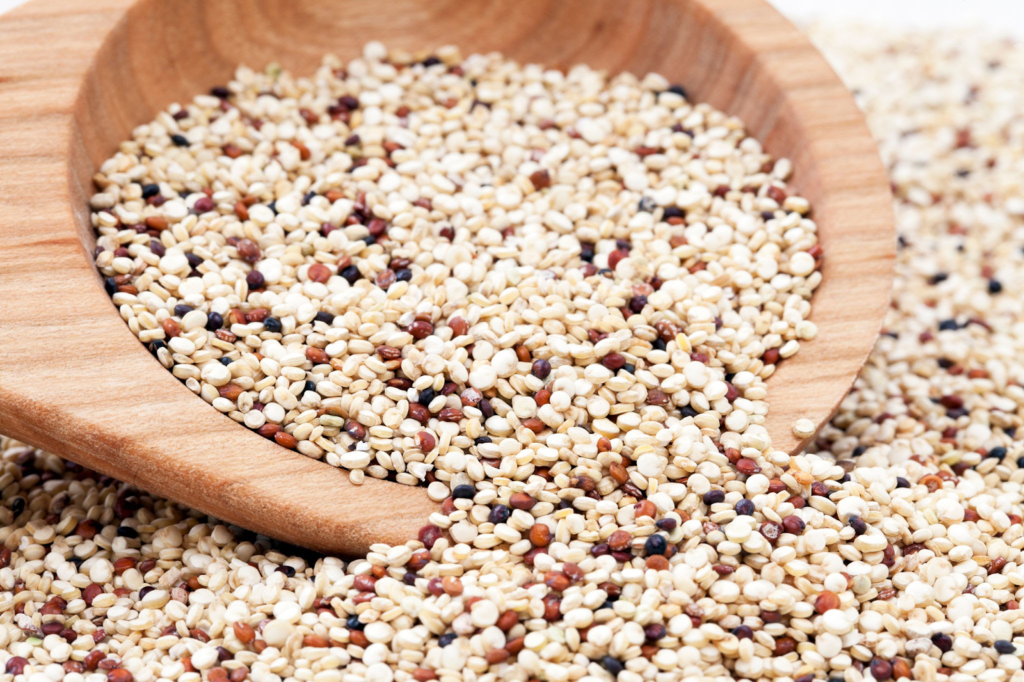
3. Chickpeas

Chickpeas are low in calories and packed with protein, making them an excellent protein source for children. Furthermore, they are inexpensive, offering them a healthy, low-cost alternative to chicken and beef. Chickpeas contain 23% protein. They are excellent for preparing hummus (a thick paste made from ground chickpeas, sesame seeds, olive oil, and lemons) or adding to a salad. It can also be used as a high-protein meal for children.
4. Broccoli
Broccoli is a wonderful source of nutrition for youngsters, in addition to being high in vitamins A and C. 2.57 grams of protein are found in one cup of chopped broccoli. Broccoli has 2.82 grams of protein per 100 grams, as determined by the USDA Nutrition Database. The best aspect is that, in addition to proteins, broccoli has fiber and minerals. Broccoli also contains a lot of fiber, antioxidants, and minerals. Combine broccoli with healthful grains such as brown rice, barley, and quinoa. Alternatively, steam or stir-fry broccoli with roasted walnuts and sunflower seeds for a wonderful and healthful side dish.
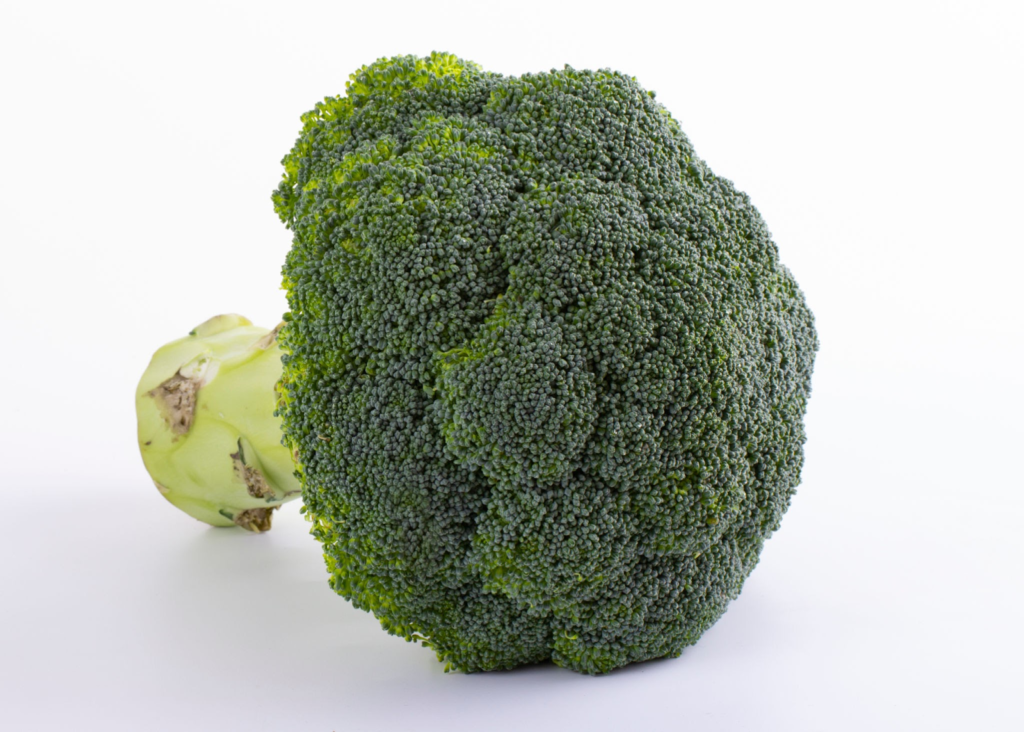
5. Peas
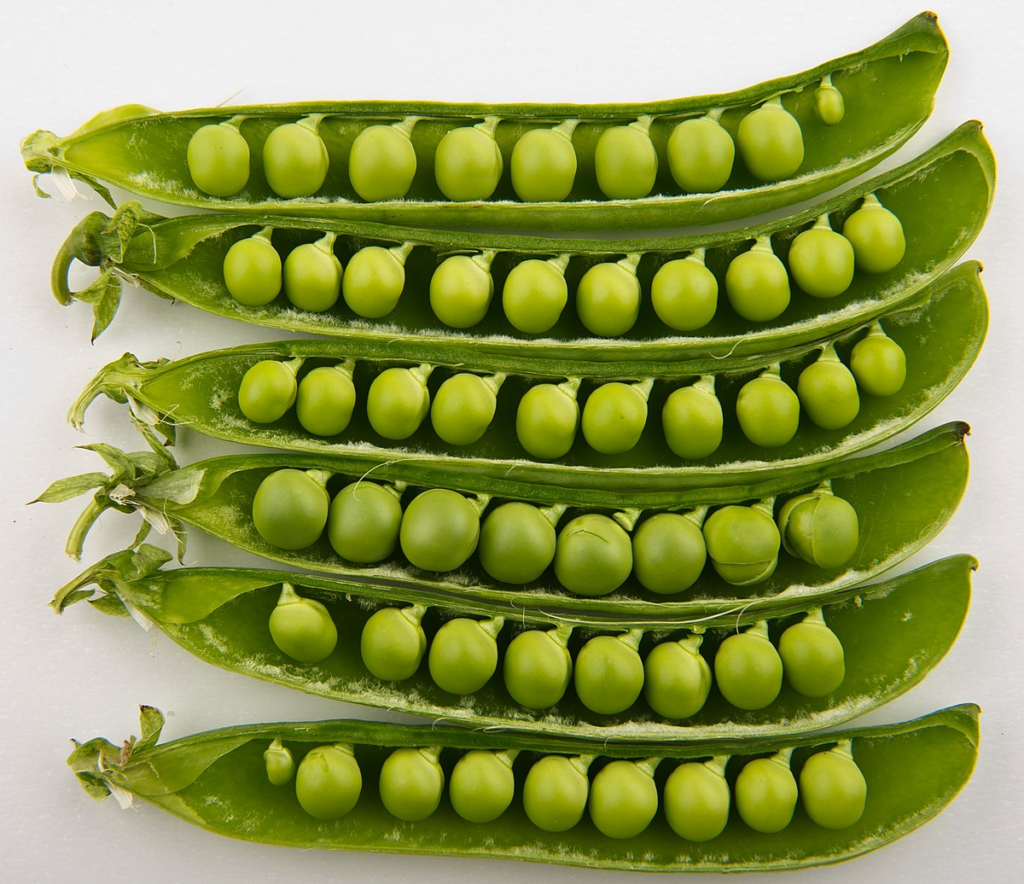
It’s a positive sign if your child likes matar paneer. The dish’s matar (peas) are high in protein. When contrast to a cup of spinach, one cup of peas includes six times the protein, they also include phytonutrients such as saponins, phenolic acids, and flavonols, all of which have health advantages. Peas may always be added to rice dishes or salads to boost the protein content.
6. Pulses and lentils
Lentils, a favorite of vegetarians and vegans everywhere, are high in protein, making them great for feeding your child. According to the US Ministry of Agriculture’s National Nutrient Database, one cup of lentils has roughly 18 grams of dietary protein. Furthermore, lentils are affordable and simple to prepare. As a result, lentils have a high protein content. Pulses are another excellent source of protein. Pulses are a fantastic source of fiber and low in fat, making them a wonderful addition to your child’s regular diet. To increase protein consumption, try easy meals like rajma chawal.

7. Nuts

Because of the fat content, people frequently encourage others not to consume too many nuts. But this is completely incorrect. Nuts contain unsaturated fat, which is beneficial fat. The best aspect is that nuts are high in protein. Protein levels are higher in cashews, almonds, pistachios, and peanuts than in other nuts such as hazelnuts. Every day, eat only a small amount of nuts. Overeating can cause weight gain, gastrointestinal issues, and muscle and joint discomfort.
8. Seeds
Is your kid a snacker? Including seeds in his diet could be a good idea. Seeds are a protein powerhouse. As an example, consider sunflower seeds. Other seeds that give a good amount of protein and other vital components include sesame and flax. To improve the protein content of any food, throw seeds into it. Sprinkle them on top of your cereal, cornflakes, or salad dressing.

9. Soy

Soybeans are one of the best plant-based protein sources, with a cup of boiling soybeans delivering 29 grams of protein. Soy protein is complete because it contains all the necessary amino acids. It also contains fiber and isoflavones and is popular among vegetarians and vegans due to its high protein level and wonderful taste. Protein accounts for about 35% of the calories in soybeans. Soy protein is on a level with dairy and meat protein in the quality department.
10. Dairy
Milk is an essential component of a child’s diet. It is known to deliver calcium to children. But did you realize that milk also includes protein? In reality, it contains two kinds of protein: whey (20%) and casein (80%), both high-quality proteins containing all of the necessary amino acids. Protein can also be found in dairy products such as yogurt and cheese. Paneer, often used in Indian cuisine to produce vegetarian dishes, contains roughly 7 grams of protein per ounce. To improve the protein content of salads or dals, cut paneer into thin slices. If you want to go completely vegan and avoid any animal products you can opt for any of the various vegan plant-based milk options.
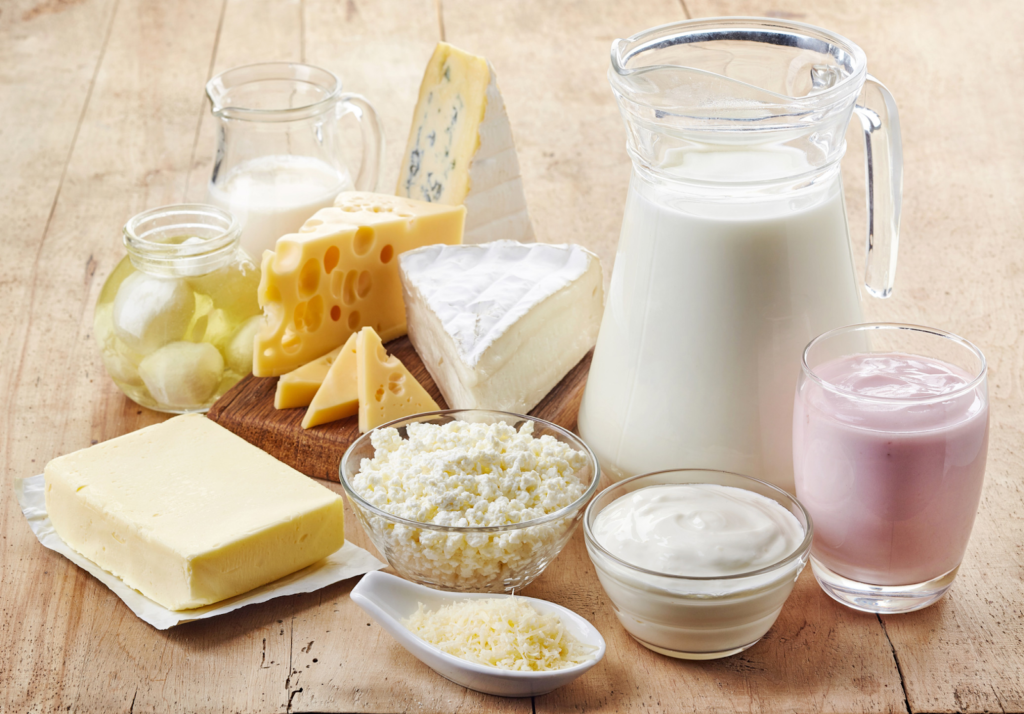
Conclusion
Incorporating plant-based proteins into your child’s diet is a great way to make sure they’re getting all the nutrients they need to grow up big and strong. And the best part? It doesn’t have to be boring or difficult. With options like mushrooms, quinoa, chickpeas, and even plant-based milk, you can whip up delicious and nutritious meals that your kids will actually want to eat. You don’t have to be a gourmet chef either – simple dishes like lentil soup, roasted broccoli, or a peanut butter and jelly sandwich can all be great sources of protein. By making plant-based protein a regular part of your child’s diet, you’ll not only be supporting their health and wellbeing, but also doing your part to promote sustainability and protect the environment. So go ahead and try out some new recipes – your taste buds (and the planet) will thank you!

